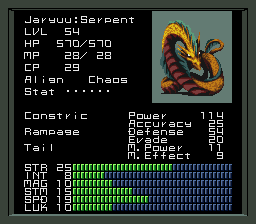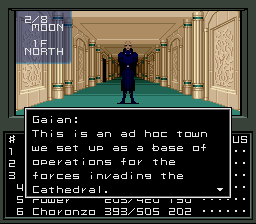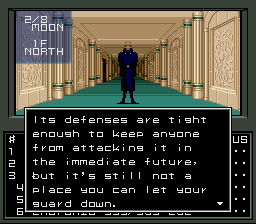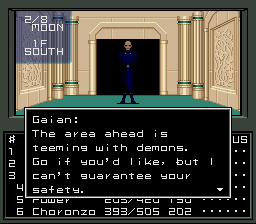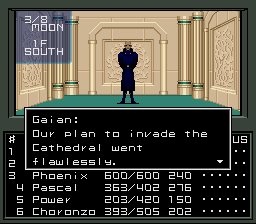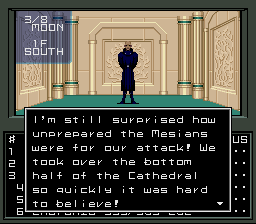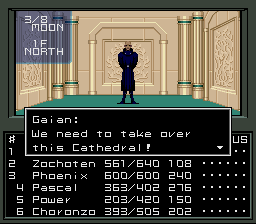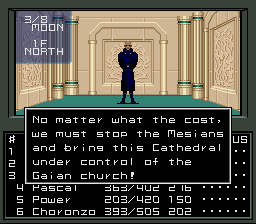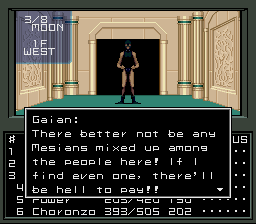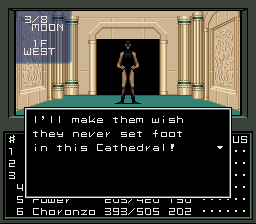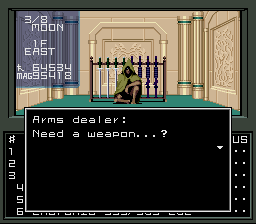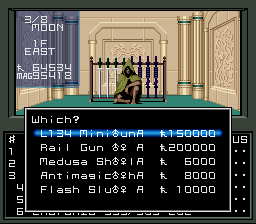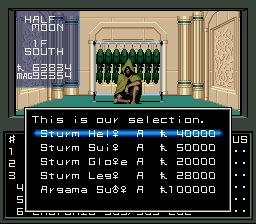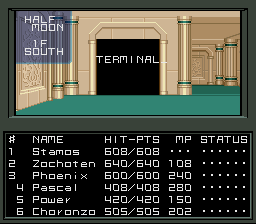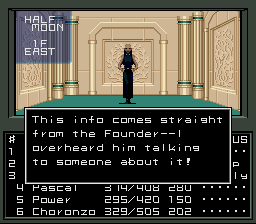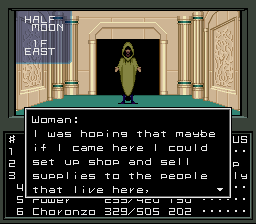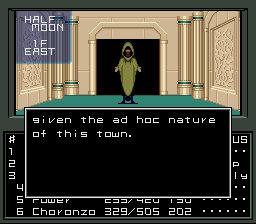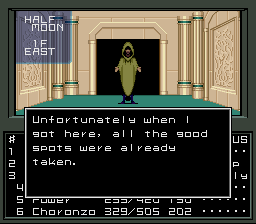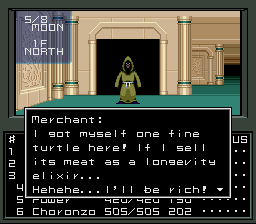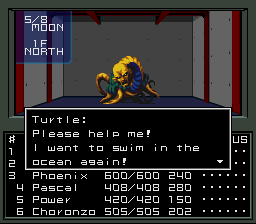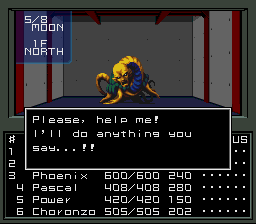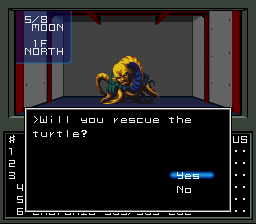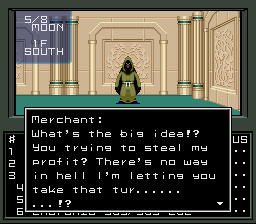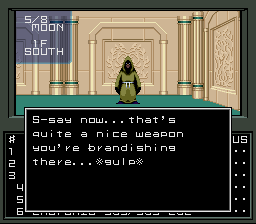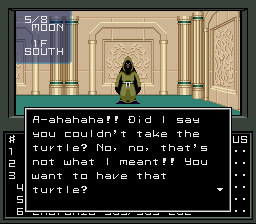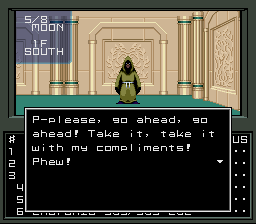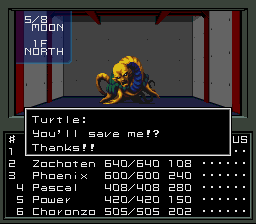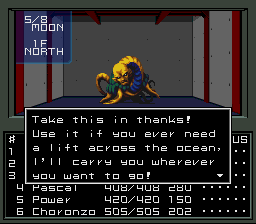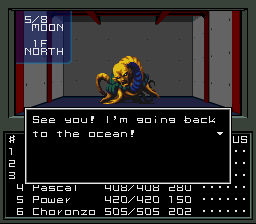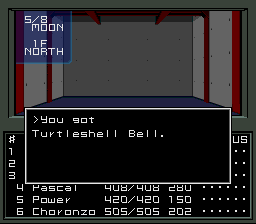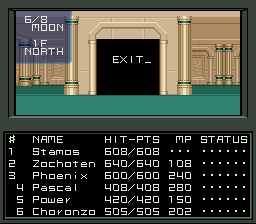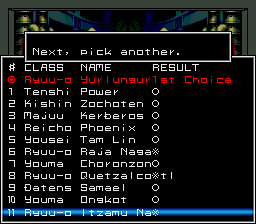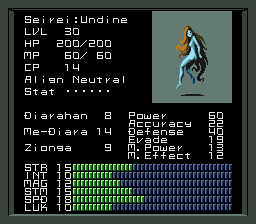

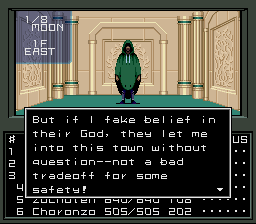
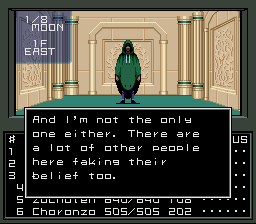
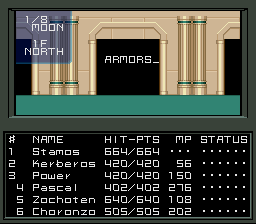
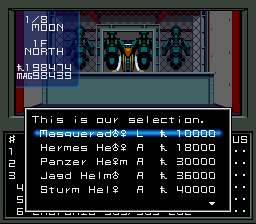

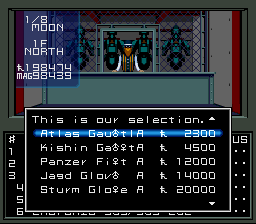

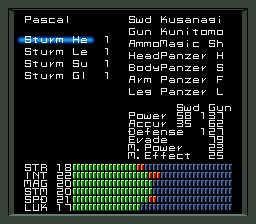
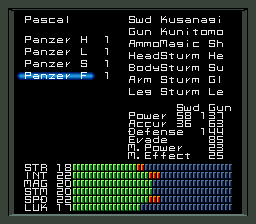
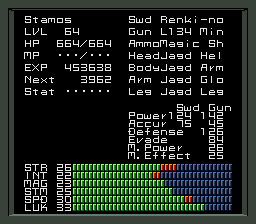
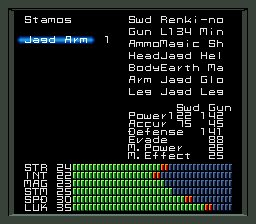

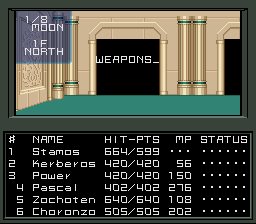
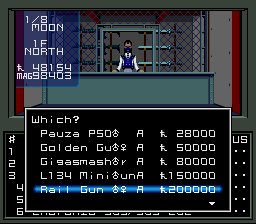
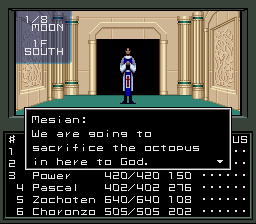
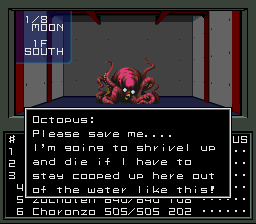

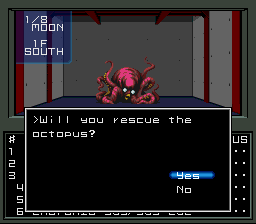
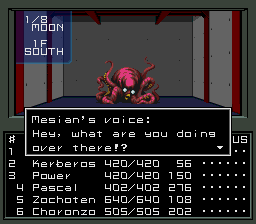
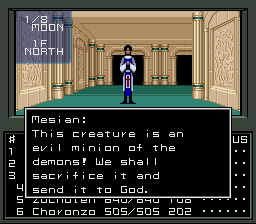
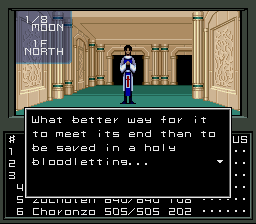
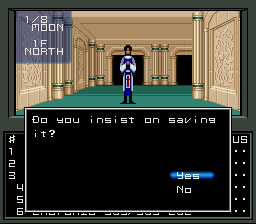
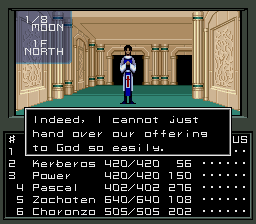
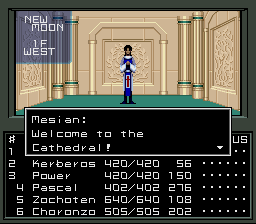
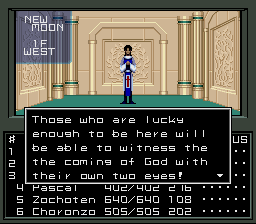
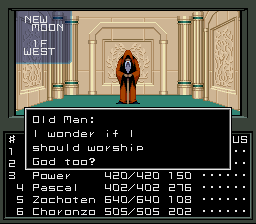
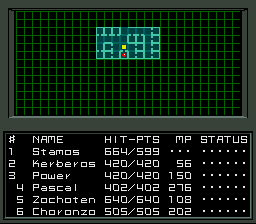
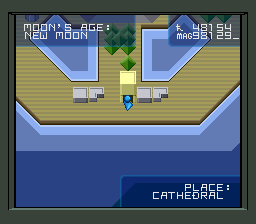
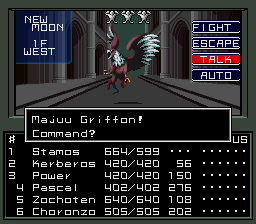
Wikipedia posted:
The Griffon Vulture, Gyps fulvus is an Old World vulture in the family Accipitridae, which also includes eagles, kites, buzzards and hawks. It has the most subspecies of any vulture[citation needed].
The Griffon is 95-110 cm (37-43 in) long with a 230-265 cm (91-105 in) wingspan, and it weights between 6 and 13 kg (13.2 and 29 lbs). It is a typical vulture in appearance, with a white bald head, very broad wings and a short tail. It has a white neck ruff and yellow bill. The buff body and wing coverts contrast with the dark flight feathers.
Like other vultures it is a scavenger, feeding mostly from carcasses of dead animals which it finds by soaring over open areas, often moving in flocks. It grunts and hisses at roosts or when feeding on carrion.
The Griffon breeds on crags in mountains in southern Europe, north Africa, and Asia, laying one egg. Griffons may form loose colonies. The population is mostly resident.
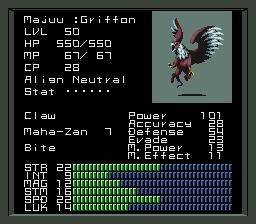

Well, they are definitely not gigantic in the SMT games, and they do not produce wind based attacks (Zan spells), instead, they attack with Bufu spells. And are very weak against Agi spells.Wikipedia posted:
In Norse mythology, Hręsvelgr, (Corpse Swallower), is a giant. According to Vafžrśšnismįl the wind is a product of Hręsvelgr sitting at the end of the skies in eagle shape beating his wings, repeated by Snorri in Gylfaginning. Hręsvelgr is believed by some to be identical to the eagle that sits in the crown of Yggdrasill, but the primary sources do not confirm this.
Hręsvelgr's name is sometimes anglicized as "Hręsvelg", "Hraesvelgr" or "Hraesvelg". The common Danish form is "Ręsvelg" and the common Swedish form is "Räsvelg".

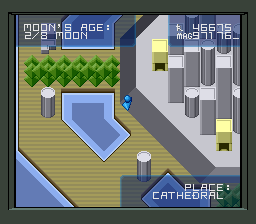
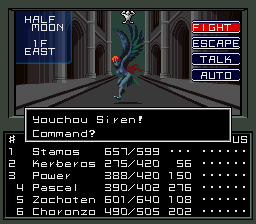
Wikipedia posted:
In Greek mythology the Sirens (Greek: Σειρήνες Seirenes or Ἀχελωίδες Acheloides) were sea deities who lived on an island called Sirenum scopuli. In some different traditions they are placed on Cape Pelorum, others in the island of Anthemusa, and still others in the Sirenusian islands near Paestum, or in Capreae (Strab. i. p. 22 ; Eustath. ad Horn. p. 1709 ; Serv. I.e.). All locations were described to be surrounded by cliffs and rocks. Seamen who sailed near were decoyed with the Sirens' enchanting music to shipwreck on the rocky coast, and the Sirens devoured them.
The Sirens were considered the daughters of Achelous (by Terpsichore, Melpomene, Sterope, Chthon (in Euripides' Helen)) or Phorcys (Virgil. V. 846; Ovid XIV, 88). Homer says nothing of their number, but later writers mention both their names and number ; some state that they were two, Aglaopheme and Thelxiepeia (Eustath. ad Horn. p. 1709) ; and others, that there were three, Peisinoe, Aglaope, and Thelxiepeia (Tzetz. ad LycopL7l2) or Parthenope, Ligeia, and Leucosia (Eustath. /. c.; Strab. v. pp. 246, 252 ; Serv. ad Virg. Georg. iv. 562). Their number is variously reported as between two and five, and their individual names as Thelxiepia/Thelxiope/Thelxinoe, Molpe, Aglaophonos/Aglaope, Pisinoe/Peisinoė, Parthenope, Ligeia, Leucosia, Raidne, and Teles. According to some versions, they were playmates of young Persephone and were changed into the monsters of lore by Demeter for failing to intervene when Persephone was abducted (Ovid V, 551). The term "siren song" refers to an appeal that is hard to resist but that, if heeded, will lead to a bad result.
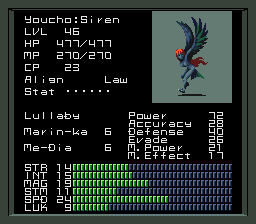
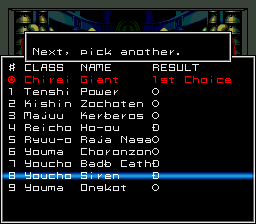

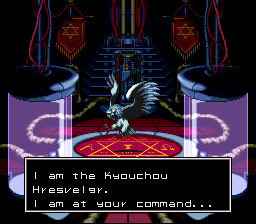
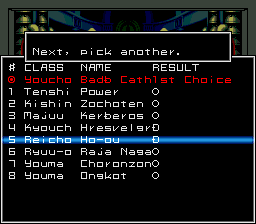

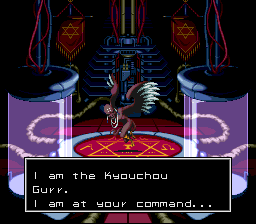

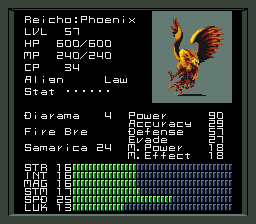
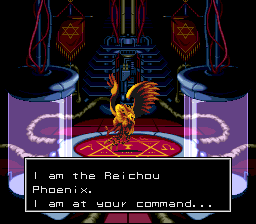
Other fusing options that I rejected were:Wikipedia posted:
The phoenix is a mythical sacred firebird in ancient Egyptian mythology, and in myths derived from it.
Said to live for 500 or 1461 years (depending on the source), the phoenix is a bird with beautiful gold and red plumage. At the end of its life-cycle the phoenix builds itself a nest of cinnamon twigs that it then ignites; both nest and bird burn fiercely and are reduced to ashes, from which a new, young phoenix arises. The new phoenix is destined to live, usually, as long as the old one. In some cases of mythology, however, this is not true.The new phoenix embalms the ashes of the old phoenix in an egg made of myrrh and deposits it in the Egyptian city of Heliopolis ("the city of the sun" in Greek). The bird was also said to regenerate when hurt or wounded by a foe, thus being almost immortal and invincible a symbol of fire and divinity. Tears from a phoenix can heal wounds.
Although descriptions (and life-span) vary, the phoenix (Bennu bird) became popular in early Christian art, literature and Christian symbolism, as a symbol of Christ representing his believed resurrection, immortality, and life-after-death.
Originally, the phoenix was identified by the Egyptians as a stork or heron-like bird called a benu, known from the Book of the Dead and other Egyptian texts as one of the sacred symbols of worship at Heliopolis, closely associated with the rising sun and the Egyptian sun-god Ra.

Hurr.Wikipedia posted:
Pendragon or Pen Draig, meaning "head dragon" or "chief dragon" (referring to a battle standard), is the name of several traditional Kings of the Britons:

And last:Wikipedia posted:
In the early Vedic religion, Vritra (Sanskrit: वृत्र (Devanāgarī) or Vṛtra (IAST)) "the enveloper", was an Asura and also a serpent or dragon, the personification of drought and enemy of Indra. Vritra was also known in the Vedas as Ahi ("snake"), and he is said to have had three heads. The myth involving Vritra evolved over time as Indra's prominence at the head of the Pantheon faded and the Brahmins sought to glorify Vishnu.
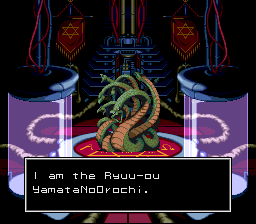
All of them rejected because I had absolutely no interest in any of their skills. And having another healer/reviver is *always* a good thing.Wikipedia posted:
Yamata-no-Orochi (八岐の大蛇, "big snake of eight branches"; often called Orochi or the Eight-Forked Serpent in English), is a dragon- or serpent-like creature in Japanese mythology. In the ancient Japanese scripture, the Kojiki, after Susa-no-Ō is expelled from Heaven, he encounters two Kuni-tsu-Kami ("earthly deities") near the head of the Hi-i-gawa ("Hi'i river") in Izumo Province. They are weeping because they have had to give the Orochi one of their daughters once every year, and now they must sacrifice their eighth and last, whose name is Kushi-inada-hime.
The monster is described as having eight heads and eight tails and eyes as red as winter-cherries. It is so long its body extends over eight valleys and eight hills, its belly is always bloody and inflamed, and its back is covered with hikage (clubmoss), hinoki (Japanese cypress), and sugi (Japanese cedar).
Susa-no-Ō asks for Kushi-inada-hime's hand in marriage, and then transforms her into a comb (kushi) which he places in his hair. He then asks her parents to brew some sake that has been refined eight times, and then build a round enclosure with eight gates, each with a platform and a sake vat. They fill the sake vats and wait, and sure enough the Orochi appears. It dips a head into each vat, and is soon intoxicated, allowing Susa-no-Ō to cut it into pieces. When he cuts the middle tail, his sword is chipped, and there he finds the legendary sword, Kusanagi-no-Tsurugi.
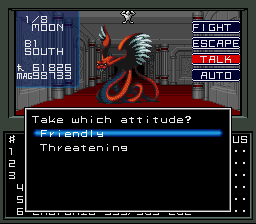
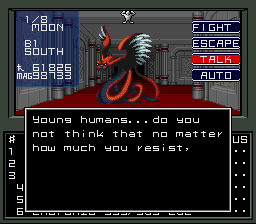

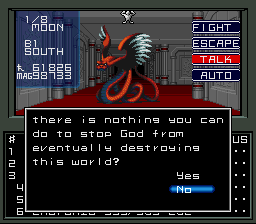
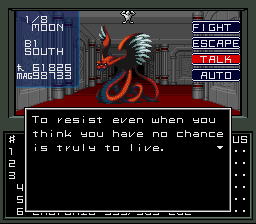
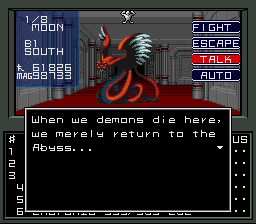
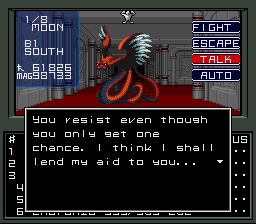
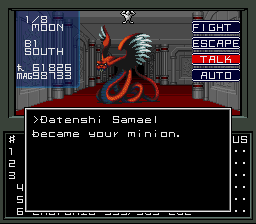
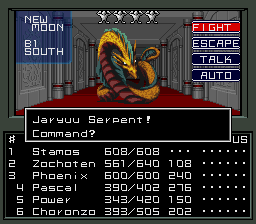
Wikipedia posted:
Serpent is a word of Latin origin (serpens, serpentis) that is commonly used in a specifically mythic or religious context, signifying a snake that is to be regarded not as a mundane natural phenomenon nor as an object of scientific zoology, but as the bearer of some symbolic value.
The serpent is one of the oldest and most widespread mythological symbols. Considerable overlap exists in the symbolic values that serpents represent in various cultures. Some such overlap is due to the common historical ancestry of contemporary symbols. Much of the overlap, however, is traceable to the common biological characteristics of snakes.
In some instances, serpents serve as positive symbols with whom it is possible to identify or to sympathize; in other instances, serpents serve as negative symbols, representing opponents or antagonists of figures or principles with which it is possible to identify. Serpents also appear as ambivalent figures, neither wholly positive nor wholly negative in valence. An example of a serpent used as a positive symbol is Mucalinda, the king of snakes who shielded the Buddha from the elements as the Buddha sat in meditation. An example of a serpent used as a negative symbol is the snake who tempted Adam and Eve in the Garden of Eden, as described in the Book of Genesis.
